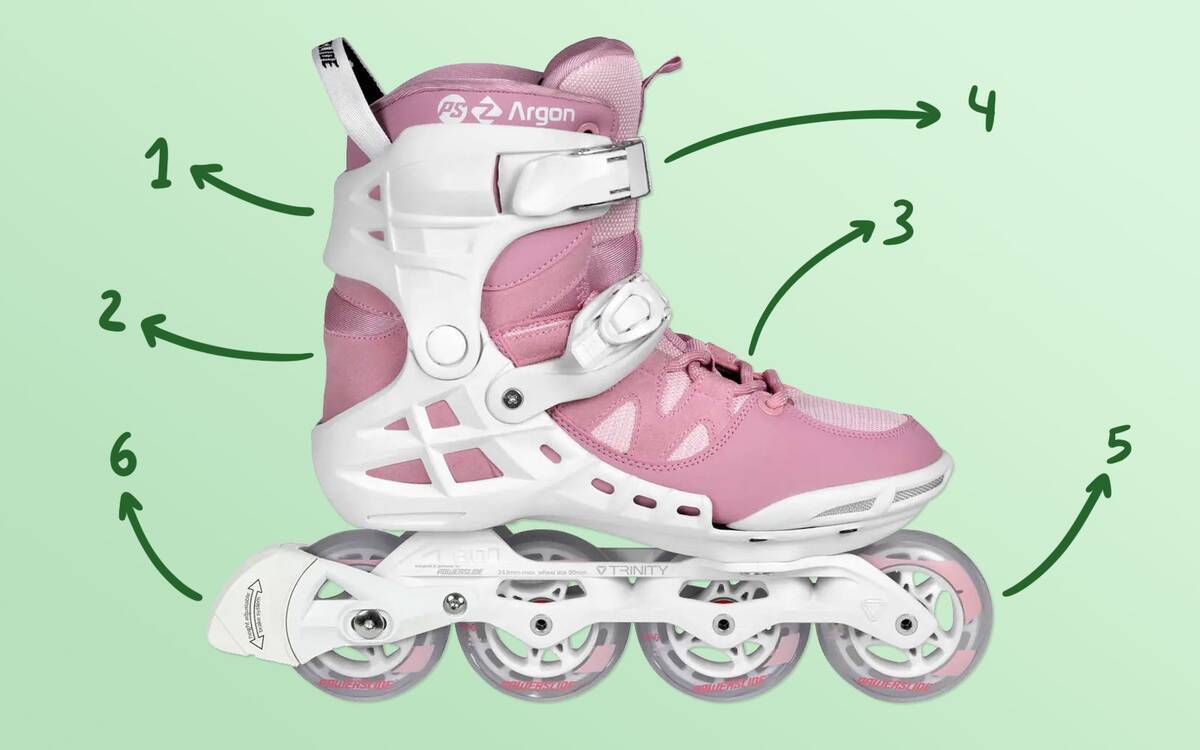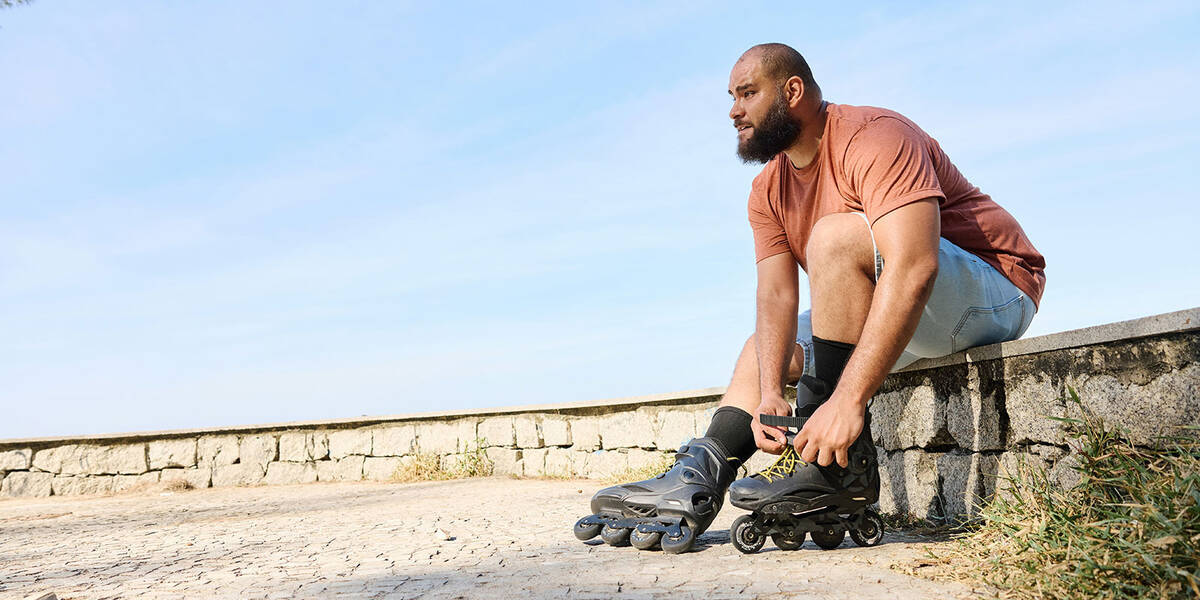Selecting the Best Inline Skates for Novices
When searching for the ideal inline skates for beginners, it is crucial to find a pair that provides both comfort and stability, which is key to an enjoyable skating experience. With numerous options available, our guide offers you some of the most valuable advice to help you make the right choice. Here, you'll find all the necessary information to help you choose the perfect beginner's inline skates.
Within our range of inline skates, you'll find an excellent selection designed for novices. Inline skates suited for beginners are usually classified as recreational or fitness skates. These categories generally indicate that the skates are crafted for a versatile, all-purpose use, as opposed to being geared towards specialised activities like speed or aggressive skating. They're perfect for transport, exercise, and leisurely skating, offering a great mix of comfort and performance.
Overview
Which Inline Skates Are Best for Beginners?

Consider these features when selecting beginner inline skates to enhance both comfort and performance:
- High cuffs for lateral support: Provides needed stability and support to your ankles.
- Breathable liners with foam: Ensures comfort and adequate ventilation during use.
- Lacing options: Choose from traditional laces, speed lacing, or BOA systems for a secure fit.
- Powerstrap and buckle: Ensures your foot remains securely in place.
- Small wheels (no larger than 90 mm in diameter): Better for control and manoeuvrability, ideal for beginners.
- Heel brake: Allows you to control your speed and brake safely.
In our selection of inline skates, beginner-friendly models cater to all ages and preferences. When exploring our inline skates categories, consider filtering the results by skill level.
Sizing Inline Skates for Novices

Getting the correct size is essential when starting your new adventure on wheels. For online purchases, consult the size guide for the specific model and base your choice on an accurate measurement of your foot.
To measure your foot accurately, position your heel against a wall. Measure the distance from the wall to your longest toe, ensuring the measurement is taken at a 90-degree angle.
measuring your feet accurately
- Stand on a hard, flat surface: Ensure an accurate measurement by standing on a flat surface with your back against a wall.
- Wear the socks you'll skate in: Use the socks you plan to wear for skating while measuring your feet.
- Place a piece of paper against a wall: Position a piece of paper on the floor so one edge is flush with the wall.
- Stand straight: Stand straight with your heel against the wall and foot flat on the paper.
- Mark the toe tip: Mark the point on the paper at the tip of your longest toe.
- Measure both feet: Since one foot is often slightly larger, use the larger measurement to determine your skate size.
With your measurement in hand, find your ruler and determine the length of your foot on the paper. You now have your mondopoint size, which is needed when reviewing size charts for inline skates.
Fitting Inline Skates Correctly

Inline skates should feel snug without being uncomfortable. Tightness is crucial for effective energy transfer from your legs to the skates. Consider the following when trying your first pair:
- Break-In Period: Skates may feel stiff initially but should become more comfortable over time as they break in.
- Heel Lock: Ensure your heel fits securely with minimal lift to aid control and minimise blister risk.
- Toe Space: Your toes should have slight wiggle room, without feeling cramped.
- Ankle Support: The ankle area should feel supported without restricting blood flow, allowing comfortable knee bending.
- Closure Systems: Adjust laces, buckles, and straps for a secure, yet comfortable fit to allow good circulation.
Adjusting to New Inline Skates
As a novice, your feet are new to being enclosed in skates. Even perfect fitting skates require a break-in period. For beginners, feet, ankles, and shins need time to build resistance.
Consider these suggestions to alleviate the break-in period:
- Take Your Time: The break-in may last up to a month, start with brief sessions and gradually extend them. Initial discomfort is normal as your feet and ankles adjust.
- Relax Your Feet: Keep your feet relaxed while skating and avoid pulling laces or straps too tight.
- Blister Prevention: Experiment with different socks or consider insoles. Footies can significantly reduce blister formation, especially around heels and ankles.
If persistent discomfort arises, consult a medical professional. Enjoy the process as your skates come to feel like an extension of your feet and personal skating style.
For additional insights, see our article about insoles, footies, and adapting to new skates:
Braking Techniques for Novice Inline Skaters
Beginner's inline skates typically feature a heel brake located at the rear. This design lays an advantage for beginners, as using a heel brake is more instinctual for those mastering skate control. Essentially, a traditional heel brake provides a safer and more straightforward braking method for novices.
Essential Protective Gear for Novice Inline Skaters

Wearing protective gear is vital for safe inline skating. As a beginner, ensure you have the following protective gear:
- Helmet: Secures your head from severe injuries with a well-fitted helmet.
- Wrist Guards: Prevent wrist injuries with support and cushioning during falls.
- Knee Pads: Guard your knees against scrapes, bruises, and fractures.
- Elbow Pads: Ensure protection from impacts by shielding your elbows.
Using such gear reduces injury risks, making your skating experience safer and more pleasurable.
Investing in protective equipment is a crucial step for safe enjoyment of inline skating. We advocate all novices to buy inline skating safety gear.

